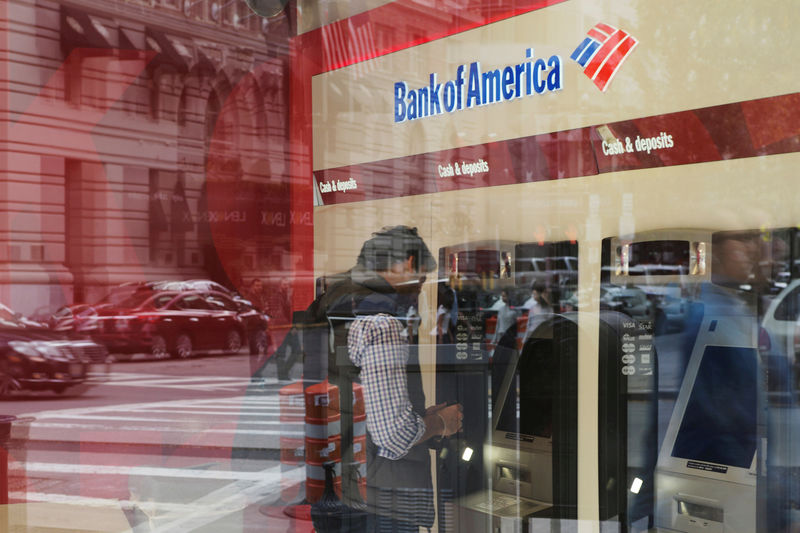Street Calls of the Week
Bank of America lowered its year-end target for the S&P 500 to 5600 today, citing tariff pressures, rising geopolitical risk, and tightening financial conditions. Still, strategist Savita Subramanian notes that history favors long-term equity holders even amid heightened volatility.
Subramanian warned that the impact of recent U.S. tariffs on China, and retaliatory measures from China and Canada, could deliver a 10–15% direct hit to S&P 500 operating income. Additional risks from potential EU countermeasures are also looming.
The bank now assumes flat EPS growth for 2025, tracking toward $250, and expects Q1 earnings to provide clearer direction.
“The best days follow the worst days,” she wrote, noting that since the 1930s, the periods just before the 10 best trading days per decade have seen average drops of more than 10%.
Missing those 10 best days would have slashed cumulative returns to 67%, compared to ~24,000% for those who stayed invested. “The best recipe for loss avoidance in equities is time.”
Despite the bearish reset, BofA sees a wide range of potential outcomes for the index—between 4000 and 7000—depending on the trajectory of earnings, interest rates, and policy developments.
Subramanian caution that traditional policy support may now be limited. Unlike past downturns where the private sector was overleveraged, “leverage risks have shifted to governments,” reducing the likelihood of a large fiscal response.
“The stimulus white knight scenario is less probable,” she said, adding that the 1970s-style stagflation saw an average EPS recession of 12% without systemic collapse.
Amid these crosscurrents, BofA favors equities over bonds and value over growth. “If stagflation is the enemy, companies helped by inflation, with stable EPS and dividends, are more attractive,” the note said.
BofA argue bonds historically underperformed during stagflation, citing a 50% loss in real terms from holding United States 10-Year in the 1970s.
The bank also warned of underappreciated risks, comparing the current environment to pre-GFC Alt-A mortgage exposure—once seen as a minor detail, but ultimately systemic. The global nature of trade exposure could amplify risks in unexpected ways.
Still, BofA pointed to corporate adaptability. “It is dangerous to underestimate S&P 500 companies’ abilities to manage margin risk,” the note concluded, citing automation, sourcing shifts, and balance sheet flexibility as potential buffers.
